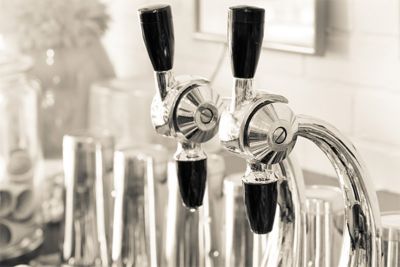-
-
Software gratuito per studenti
Ansys potenzia la nuova generazione di ingegneri
Gli studenti hanno accesso gratuito a software di simulazione di livello mondiale.
-
Connettiti subito con Ansys!
Progetta il tuo futuro
Connettiti a Ansys per scoprire come la simulazione può potenziare la tua prossima innovazione.
Paesi e regioni
Customer Center
Supporto
Partner Community
Contatta l'ufficio vendite
Per Stati Uniti e Canada
Accedi
Prove Gratuite
Prodotti & Servizi
Scopri
Chi Siamo
Back
Prodotti & Servizi
Back
Scopri
Ansys potenzia la nuova generazione di ingegneri
Gli studenti hanno accesso gratuito a software di simulazione di livello mondiale.
Back
Chi Siamo
Progetta il tuo futuro
Connettiti a Ansys per scoprire come la simulazione può potenziare la tua prossima innovazione.
Customer Center
Supporto
Partner Community
Contatta l'ufficio vendite
Per Stati Uniti e Canada
Accedi
Prove Gratuite
ANSYS BLOG
February 11, 2020
Can You Aerate Wine by Pouring it From the Bottle?
On Valentine’s Day, there’s a good chance you might be celebrating by sharing a bottle of wine with that special person in your life. To get the most out of the myriad flavors in a bottle, the way you pour it can make a difference.
It’s all about aeration. Some wines benefit from breathing, because it helps evaporate harsh aromas and sulfur compounds. The aeration can also promote oxidation, which can add nutty or fruity flavors to the palate.
How to pour the best glass of wine for Valentine’s Day?
Other wines are best served with minimal aeration — their flavors can get washed out or become unsavory from the evaporation and oxidation processes.
So, how should you pour wine? Let’s create a simulation and find out.
Simulating the Aeration from Pouring Wine
To create the simulation, I first needed to build a geometry that matched my favorite wine glass and bottle. This wasn’t too hard as I have access to both — and calipers — at home.
An Ansys Fluent simulation that was post-processed using Ansys EnSight and Ansys Speos Live Preview
With the geometry set, I imported it into Ansys Fluent. Using the streamlined multiphase setup, I input the properties and initial conditions for the wine and air in the bottle. I then used the algebraic interfacial area density (AIAD) model to simulate the flow of the two phases and how they interact at the interface.
I could have also combined the AIAD model with a population balance model. If I were to do that, the simulation would be able to keep track of the size and distributions of all the air bubbles.
I then post-processed the simulation using Ansys EnSight and Ansys Speos Live Preview (keep your eyes open for a future workflow). From the post-processed video, it was clear that the air and wine didn’t mix that much when poured from the bottle.
Therefore, if you are drinking a wine that benefits from aeration you might want to use a decanter or a special bottle attachment that increases the surface area of the wine exposed to the air. For wines that require no aeration, you can just pour those straight from the bottle to the glass.
How Simulating Wine Filling a Glass Relates to the Real World
So, how can this wine bottle simulation apply to the real world?
An AIAD example case shows air and water flowing in a u-shape bend.
The AIAD model and its ability to capture phenomena like entrainment and absorption makes it perfect to simulate the flow of crude oil — which contains gases, liquids and particles. The simulation can predict the interactions between the phases to ensure optimal flow through the pipeline.
The AIAD model can help optimize a soda fountain.
Returning to food and beverages, the model can also be used to simulate a soda fountain. Engineers can use the simulation to optimize how soda, a complex bubbly flow, fills a cup.
Now that we have answered the mysteries of pouring wine, have a happy Valentine’s Day! And please drink responsibly.
To learn more about AIAD, watch the webinar: Ansys Fluent Multiphase Update: Streamlined Setup and AIAD Regime Transition Model.
To watch another romantic simulation created using Ansys Speos Live Preview, watch the video below:
A diamond simulation from Ansys Speos Live Preview.
Any and all ANSYS, Inc. brand, product, service and feature names, logos and slogans such as Ansys, Ansys EnSight, Ansys Fluent, Ansys Speos are registered trademarks or trademarks of ANSYS, Inc. or its subsidiaries in the United States or other countries.

